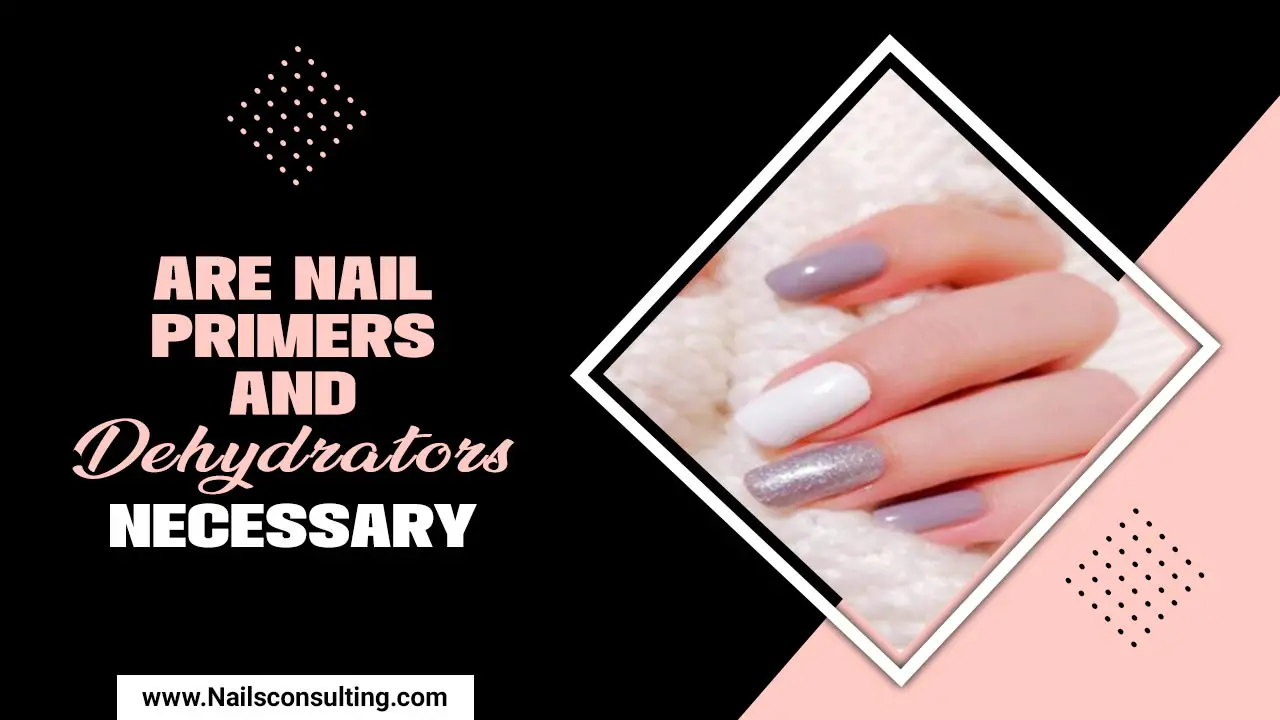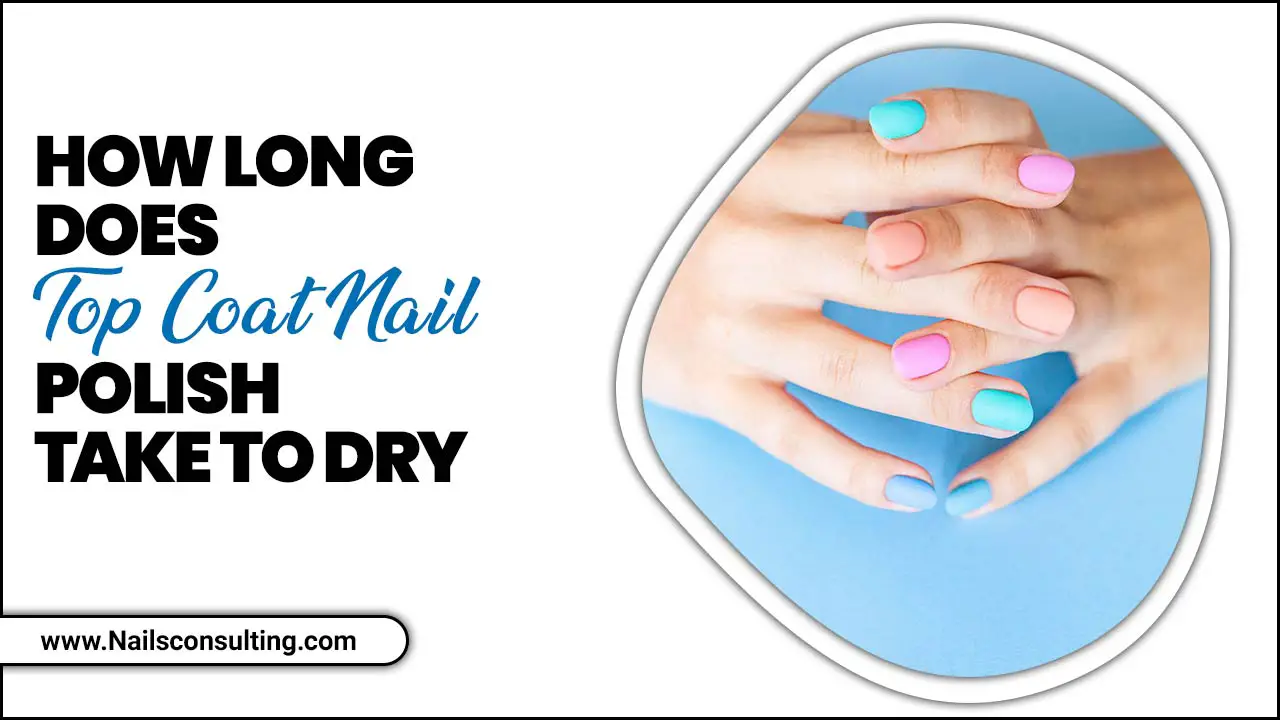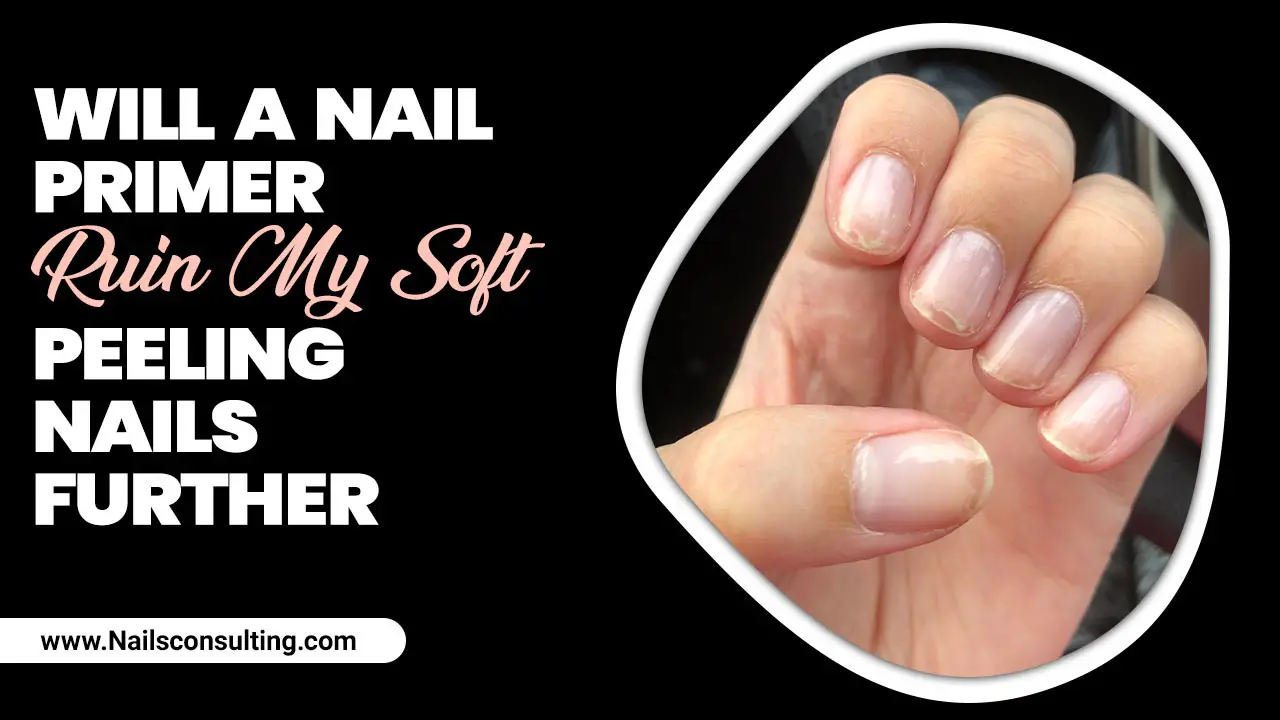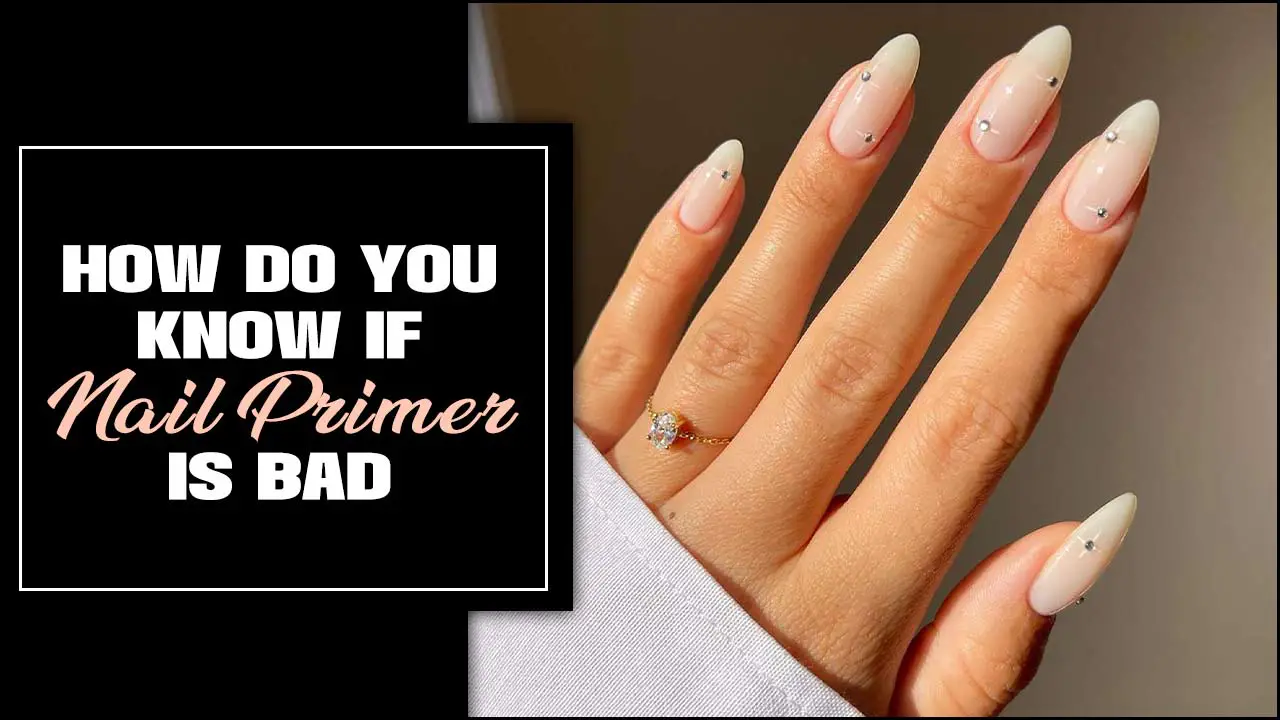Nail primers are an essential component in achieving flawless and long-lasting manicures. This foundational product helps to prepare the nail bed for the application of polish, ensuring better adhesion and preventing chipping or peeling.
However, one of the most common queries among beauty enthusiasts is the drying time of nail primer. With varying formulas and different application techniques, it can be challenging to determine precisely how long it takes for the primer to dry. The answer to this question may seem simple, but it is crucial to understand the factors that can affect the drying time of nail primers.
Here, we will delve into the world of nail primers and explore how long does nail primer take to dry. From the ingredients used to the application method, we will provide you with all the necessary information to help you achieve a flawless manicure every time.

What Is Nail Primer?
Nail primer is a crucial component of the nail enhancement process that is handy to prepare the natural nail for the application of various nail products. It serves as a bonding agent between the natural nail and the nail enhancement, ensuring enhanced adhesion and longevity of the manicure or artificial nail.
The primary function of a nail primer is to remove any oils, dirt, or moisture from the nail plate, creating a clean and dry surface that is receptive to the subsequent nail product application.
The composition of nail primers typically includes a combination of solvents, such as ethyl acetate or isopropyl alcohol, as well as other ingredients, such as methacrylic acid or acrylate monomers, that promote adhesion. These solvents aid in the removal of oils and contaminants. At the same time, the monomers form a strong chemical bond with the nail enhancement material, whether it be acrylic, gel, or dip powder.
How Long Does Nail Primer Take To Dry – Full Discussion
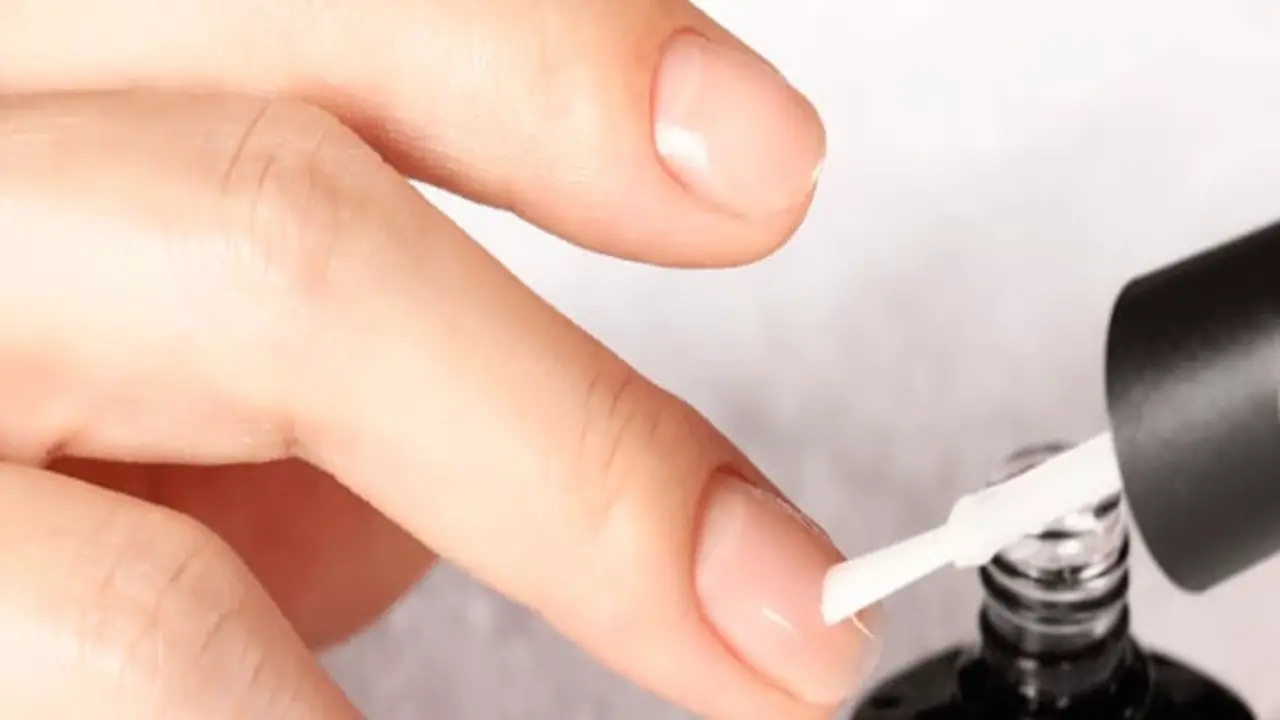
Here, to know the answer how long does nail primer take to dry? Nail primer typically takes about 30 seconds to 1 minute to dry. However, the exact drying time may vary depending on the brand and formula of the primer. It is important to allow enough time for the primer to dry completely before applying nail polish or other nail products to ensure optimal results and lasting wear.
The drying time of nail primer can vary depending on the brand and formula. However, it is recommended to follow the instructions provided by the manufacturer for the specific product you are using. Some primers may require a longer drying time, especially if they contain additional ingredients or have a thicker consistency.
It is crucial to be patient and avoid rushing the drying process to prevent smudging or smearing the primer. Additionally, ensuring that the nails are clean and free from any oils or residues can help improve the drying time of the primer.
Different Types Of Nail Primers
Nail primers play a crucial role in the preparation and enhancement of nail surfaces prior to the application of various nail products. These primers act as a foundation, creating a smooth and even surface for the subsequent layers of polish, gel, or acrylic to adhere to. They also provide added strength and durability to the nails, preventing chipping, lifting, and peeling. Different Types of Nail Primers:
- Acid-Based Nail Primers: These primers contain mild acids that help to dehydrate the natural nail, allowing better adhesion of the nail enhancements. They are commonly handy in acrylic and gel nail applications.
- Non-Acid Nail Primers: As an alternative to acid-based primers, non-acid nail primers work by creating a sticky surface for better adhesion. They are generally less harsh on the natural nail and are suitable for clients with sensitive nails.
- Bonder Nail Primers: Bonder primers are designed to enhance the bond between the natural nail and the nail enhancement. They create a strong adhesion, reducing the chances of lifting or peeling.
- Base Coat Nail Primers: Base coat primers are used as a foundation for nail polish application. They help to smooth out the nail surface, prevent staining, and improve the longevity of the nail polish.
- UV/LED Bonding Primers: These primers are specifically formulated to be used with UV or LED gel systems. They enhance the adhesion of the gel to the natural nail, providing a longer-lasting and durable result.
- Rubberized Nail Primers: Rubberized primers are often used in the application of artificial nails, such as acrylic or gel extensions. They provide a flexible and resilient base, reducing the risk of breakage or lifting.
Application Techniques For Nail Primer
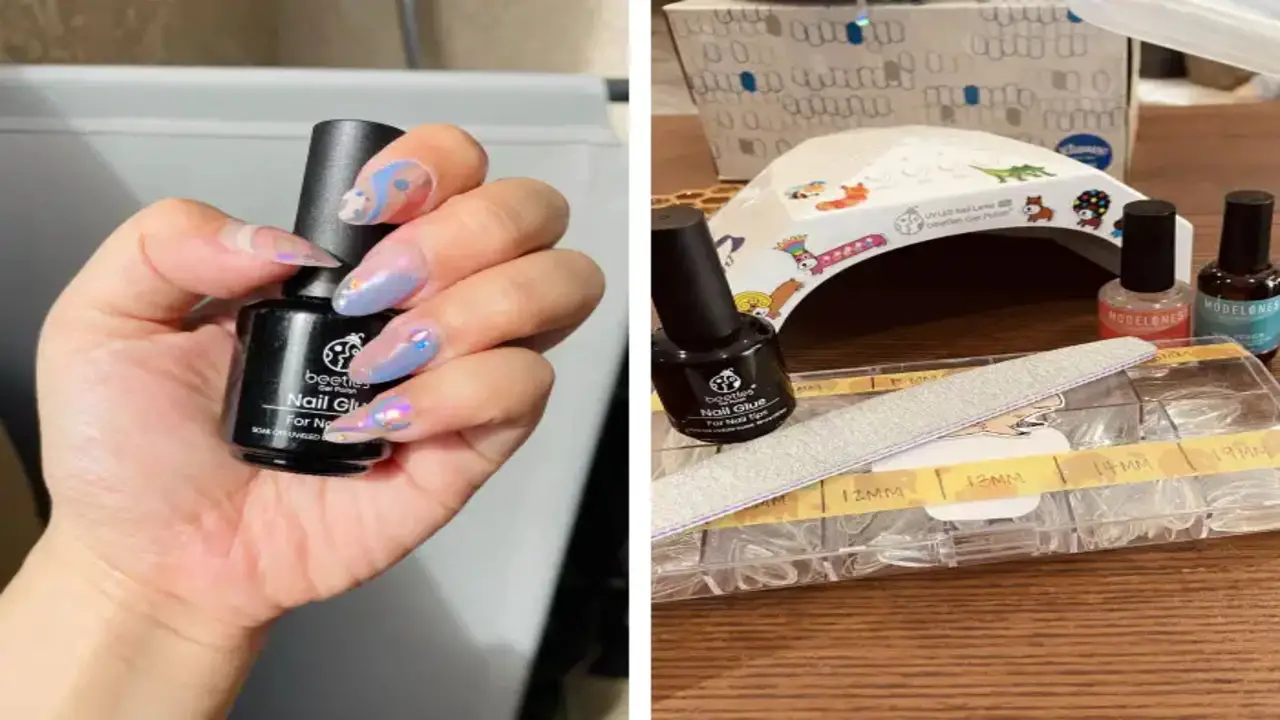
Nail primer is a crucial step in the application process for achieving long-lasting and flawless nail enhancements. It helps in promoting better adhesion between the natural nail and the artificial product, such as acrylic or gel. Here are some application techniques for nail primer:
- Prep the natural nail: Begin by properly preparing the natural nail. This includes cleaning the nail surface with a gentle nail cleanser or acetone to remove any oils, lotions, or debris.
- Apply a thin layer: Using a small brush or an applicator, carefully apply a thin layer of nail primer to the entire nail plate. Avoid getting the primer on the surrounding skin or cuticles, as it can irritate.
- Allow it to dry: Give the nail primer sufficient time to dry and bond with the natural nail. This usually takes a few seconds to a minute, depending on the brand and type of primer used.
- Proceed with the nail enhancement: Once the nail primer is completely dry, you can proceed with applying your chosen nail enhancement, such as acrylic or gel. Follow the manufacturer’s instructions for the specific product you are using.
- Avoid overuse: It’s essential not to overuse nail primer, as it can cause excessive drying of the natural nail and lead to damage. Apply only a thin layer as instructed, and avoid reapplying unless necessary.
- Use a primer with caution: Some individuals may have sensitivity or allergies to nail primer. If you experience any adverse reactions
Factors Affecting Drying Time Of Nail Primer
The drying time of nail primer is influenced by various factors that play a crucial role in the overall efficiency and effectiveness of the manicure process. Understanding these factors is essential for both nail technicians and individuals seeking to achieve the desired results in a timely manner. One of the primary factors affecting the drying time of nail primer is the type and quality of the primer itself. Factors Affecting Drying Time of Nail Primer:
- Type of Nail Primer: Different nail primers have different formulations, and some may dry faster than others. Look for quick-drying formulas or ones specifically designed for faster drying times.
- Application Technique: The way you apply the nail primer can affect its drying time. Applying thin layers and avoiding excess product can help it dry quicker.
- Humidity: High humidity levels can prolong the drying time of nail primer. If the environment is humid, consider using a dehumidifier or working in a well-ventilated area to help speed up the drying process.
- Temperature: Warmer temperatures generally lead to faster drying times. Try to apply nail primer in a room with slightly higher temperatures to expedite the drying process.
- Base Coat: Using a base coat before applying nail primer can help improve adhesion but may also increase drying time. Consider using a quick-drying base coat or allowing sufficient time for the base coat to dry before applying the nail primer.
- Nail Thickness: The thickness of your natural nails or any artificial extensions can affect the drying time of the nail primer. Thicker nails may require more time to dry compared to thinner nails.
- Brand and Product Quality: Different brands and product qualities can have varying drying times. Look for reputable brands and high-quality nail primers that are famous for their quick-drying properties.
Tips And Tricks For Faster Drying
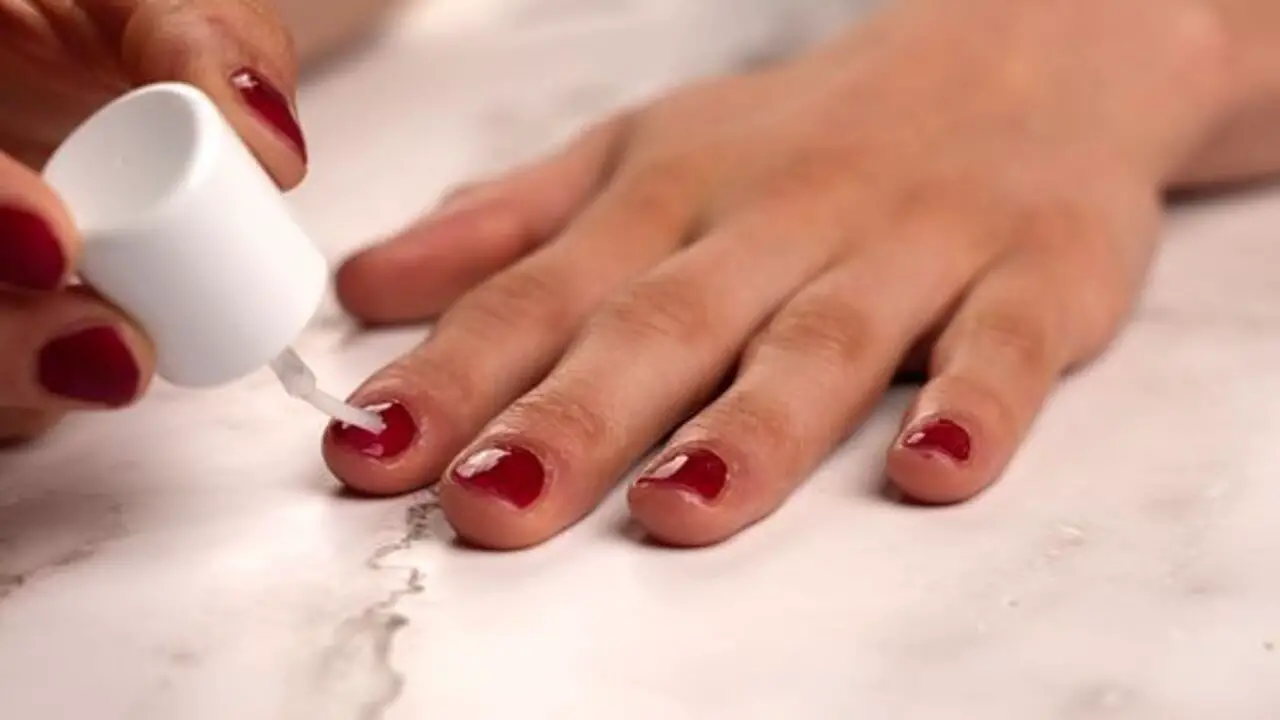
The drying time of nail primer is influenced by various factors that play a crucial role in the overall efficiency and effectiveness of the manicure process. Understanding these factors is essential for both nail technicians and individuals seeking to achieve the desired results in a timely manner. Here are some tips and tricks for faster drying of nail primer:
- Apply thin coats: When applying nail primer, make sure to apply thin, even coats. Thick layers take longer to dry and may result in smudging or smearing.
- Use a quick-drying top coat: Applying a quick-drying top coat over the nail primer can help speed up the drying process. Look for top coats that have specific designs to dry quickly.
- Use a fan or blow dryer: If you’re in a hurry and want to dry your nail primer faster, you can use a fan or a low setting on a blow dryer. Keep the fan or blow dryer at a safe distance from your nails to prevent any heat damage.
- Avoid excessive humidity: High humidity levels can slow down the drying process of nail primer. Try to avoid humid environments while your nails are drying, as it can prolong the drying time.
- Use a nail drying spray: Nail drying sprays are designed to accelerate the drying time of nail products. Spray the drying spray over your nails after applying the primer to speed up the process.
- Apply thin layers of nail polish: If you’re planning to apply nail polish over the primer, make sure to apply thin layers. Thick layers of nail polish take longer to dry and may cause smudging.
Common Mistakes To Avoid
Here are common mistakes that individuals should strive to avoid. This holds in academic pursuits as well. Understanding these common mistakes is crucial for students and scholars alike in order to achieve success in their academic endeavours. One common mistake to avoid is poor time management. Common Mistakes to Avoid when using Nail Primer:
- Applying too much: One of the most common mistakes is applying too much nail primer. Remember, a little goes a long way. Applying an excessive amount can lead to a bumpy or uneven surface on your nails.
- Not allowing it to dry properly: Nail primer needs time to dry before applying any other nail products. Failure to let it dry completely can result in a compromised adhesion and a shorter-lasting manicure.
- Skipping the nail cleansing step: Before applying nail primer, it is essential to properly cleanse your nails to remove any oils, dirt, or residue. Skipping this step can affect the effectiveness of the primer and lead to lifting or chipping of your manicure.
- Using an incorrect primer formula: Different nail primers are designed for specific nail conditions. Using the wrong formula can result in poor adhesion or other issues. Make sure to choose a primer that suits your nail type and needs.
- Applying primer on the cuticles: Nail primer is meant to be applied to the nail plate, not the surrounding skin or cuticles. It is crucial to be precise and avoid getting the primer on areas other than the nail surface to prevent skin irritation or damage.
How To Test If Nail Primer Is Dry
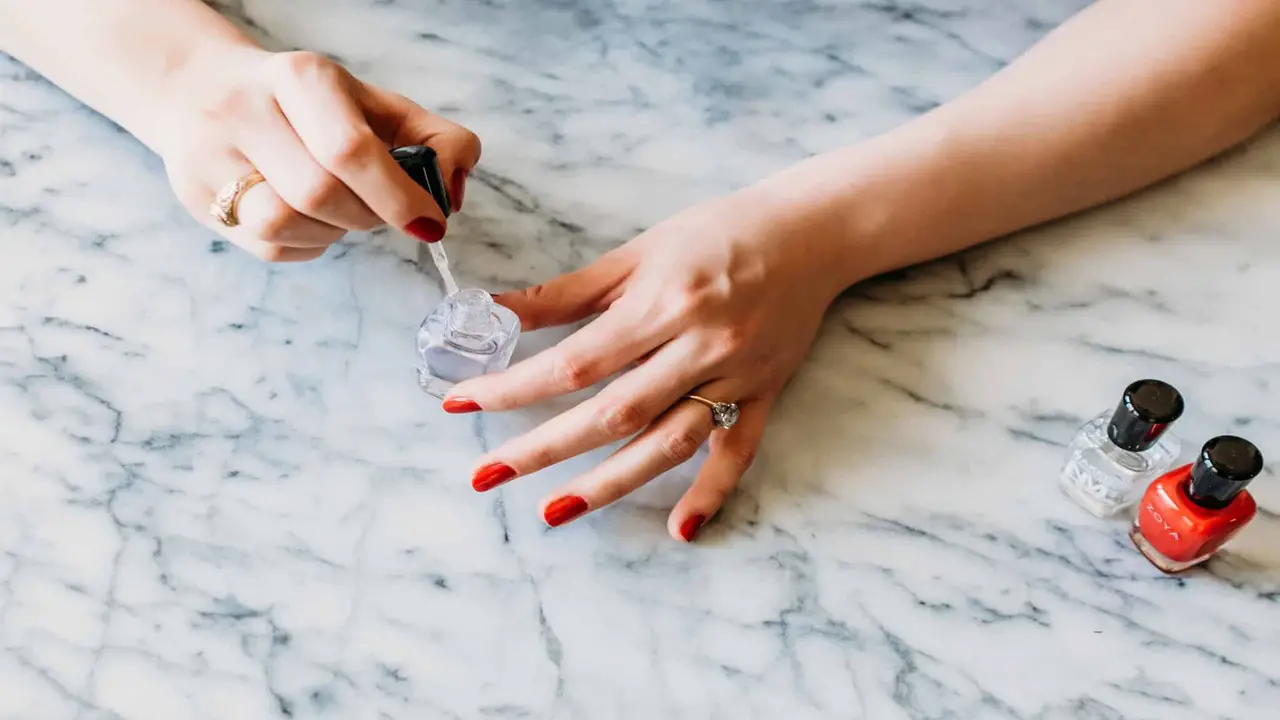
The drying time of nail primer has garnered significant attention among both professionals and enthusiasts. Nail primer, a crucial component in the application of nail polish, serves as a preparatory layer that enhances the adhesion of subsequent nail products. To test if the nail primer is dry, follow these steps:
- Apply the nail primer evenly to your nails.
- Wait for the recommended drying time mentioned on the product label. This is usually a few seconds to a minute.
- Gently touch the surface of your nails with the tip of your finger to check if it feels tacky or sticky. If it does, the primer is not yet dry.
- If the primer feels dry to the touch, lightly press your nails together. If they don’t stick or leave any marks, the primer is likely dry.
- You can also use a clean, dry cotton ball or tissue to swipe across the nail surface gently. If the primer doesn’t smudge or transfer onto the cotton, it is dry.
Remember, it’s important to allow the nail primer to fully dry before applying any nail polish or other nail products to ensure a smooth and long-lasting manicure.
Conclusion
The drying time for nail primer can vary depending on the specific product used and the environmental conditions. While some primers may dry within seconds, others may take a few minutes to fully dry. It is important to follow the instructions on the product packaging and to allow enough time for the primer to fully dry before proceeding with the next step of your manicure.
Additionally, using a high-quality primer and properly prepping the nails can help ensure a faster and more effective drying time. With proper application and patience, the nail primer can aid in creating a smooth and long-lasting manicure. Further research and experimentation may be needed to find the perfect nail primer for optimal drying time. We hope now you understand how long does nail primer take to dry.
FAQs:
1.How Long Does It Typically Take For Nail Primer To Dry Completely?
Ans: The drying time for nail primer can vary depending on the brand and formulation. On average, it takes about 1-2 minutes for nail primer to dry completely. However, it is recommended to follow the specific instructions provided by the manufacturer for the most accurate drying time.
2.Is Nail Primer Supposed To Be Sticky?
Ans: Yes, nail primer is supposed to be sticky. Nail primer is a bonding agent that is applied before applying nail polish or artificial nails. Its sticky consistency helps to create a strong bond between the natural nail and the polish or artificial nail, ensuring that it adheres to a longer-lasting and more durable finish.
3.Do You Let Nail Primer Air Dry?
Ans: No, nail primer is typically not left to air dry. It is usually applied to the nails and then allowed to dry for a few seconds using a fan or air dryer before applying nail polish or other nail products.
4.Is Nail Primer Sticky When Dry?
Ans: Yes, nail primer is typically sticky when it dries. Nail primer has specific designs to create a bond between the natural nail and the nail polish or artificial enhancements applied on top. It contains ingredients that help the polish or enhancements adhere better and last longer.
5.Can I Skip Nail Primer?
Ans: While it is possible to skip using nail primer, it is generally not recommended. Nail primer serves as a bonding agent between your natural nails and the nail polish or acrylic that you apply. It helps in enhancing the adhesion and longevity of your manicure or nail enhancements. Skipping primer can result in a shorter lifespan for your nail polish or acrylic, leading to chipping, peeling, or lifting.

